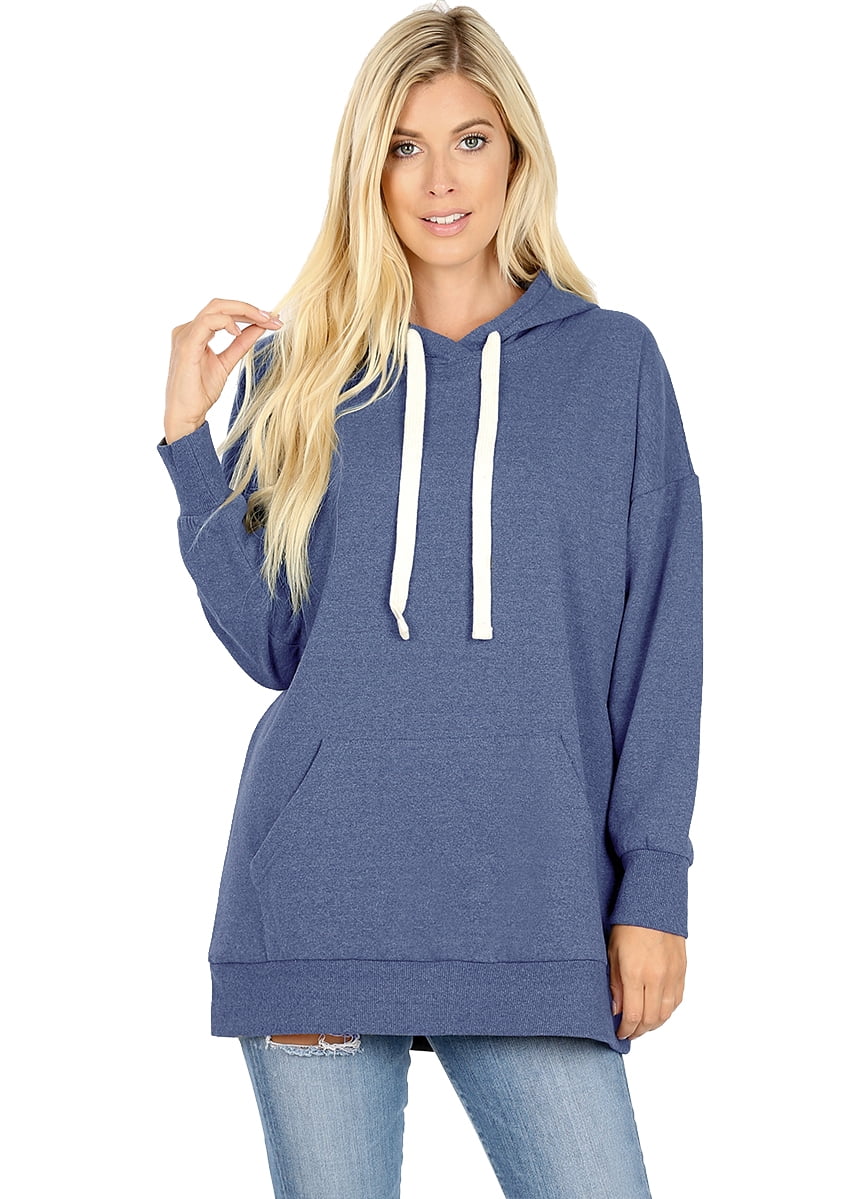Sweatshirts are long-sleeved tops that are constructed from thick cotton fabric. They are usually used as casual clothes and are not as dressy as sweater s or cardigans. They do not usually have a or hood. If you are interested in purchasing a sweatshirt here are some tips:
Norma Kamali spread the appeal of sweatshirts
Since the end of the 70s in the late '70s, Norma Kamali has been transforming the simple sweatshirt into a work of art. Her designs have become a staple in almost all women's wardrobes. Her unique styles include a tummy-tucking crew neck to leather-paneled sweatshirts. Her clothing is also designed with unusual forms, such as a tank top with an extended trumpet skirt.
The collaboration with the brand and sweatshirt manufacturer Everlast gave rise to her Timeless collection, which was a huge hit when it debuted in Spiegel's spring 2006 catalog. The collection was made up of knits that could be interchangeable or convertible in classic silhouettes and a lot of pieces were priced at less than $20. Even even if The Norma Kamali Timeless collection wasn't available in stores, fans could still find these pieces through eBay or Poshmark.
Merino wool sweatshirts tend to be more comfortable than sweatshirts made of soft wool.
Merino wool is known for its moisture-wicking properties which help to keep you comfortable and dry. It is a natural fiber and also has a smoother feel. It also drys quickly compared to other natural material. Additionally, merino is a renewable resource. The merino sheep shed their coats every year and regrow new coats.
The weight-to-heat ratio of merino wool makes it popular for sweatshirts. It helps to regulate the body's temperature because of its natural loft, which retains heat between the fibers. This is why Merino wool sweatshirts work ideal for summer and outdoor activities such as mountain biking and running. The warmth they provide keeps the wearer well-hydrated and cool, something that is essential when working out.
sweat shirts -front hoodies feature kangaroo pockets.
Kangaroo pocket Hoodies are a well-loved style of hoodie. These hoodies feature a huge pocket at the front that will keep your hands warm during cold days. They're also more practical than traditional pockets as they allow your hands to slide into and out with ease.
The pockets of Kangaroos are typically big enough to accommodate a wallet or some other smaller personal items. They are commonly large enough to accommodate a small hand or even wide enough to fit two hands. They are wide on either side and are ideal for carrying small items.
French terry fabric is a very popular material for sweatshirts
The French terry fabric is made of soft yarns that are knitted into loops and are usually midweight. It is also renowned as a fabric that wicks away moisture and is pre-shrunk. French Terry is an excellent option for sweatshirts as it keeps you warm when you need it and also keeps your cool when you want to cool off.
French terry is also popular for loungewearbecause it has enough stretch and flexibility to feel good against your skin. It also allows for enough air to circulate through the fabric, which makes it ideal for layering under other clothing. Furthermore, since it's lighter than most sweatshirts you can wear it all year round without feeling either cold or hot.
Hoodies can be classist.
While it may seem that hoodies are simply an appropriate attire item for people of the working class, the reality is that they carry classist connotations. The hooded garment was popular in the late 1970s , in New York, where graffiti artists wore them to hide their identities. In 1976 Hoodies made their main debut in the film "Rocky," when the working-class title character wore gray sweats that were hooded during his memorable climb to the top of the steps of the Philadelphia Museum of Art.

Hoodies are often linked to death, destruction, and other undesirable things, and yet they also serve practical purposes. For example, monks and priests may wear hoods to show respect and a sense of self-control.
